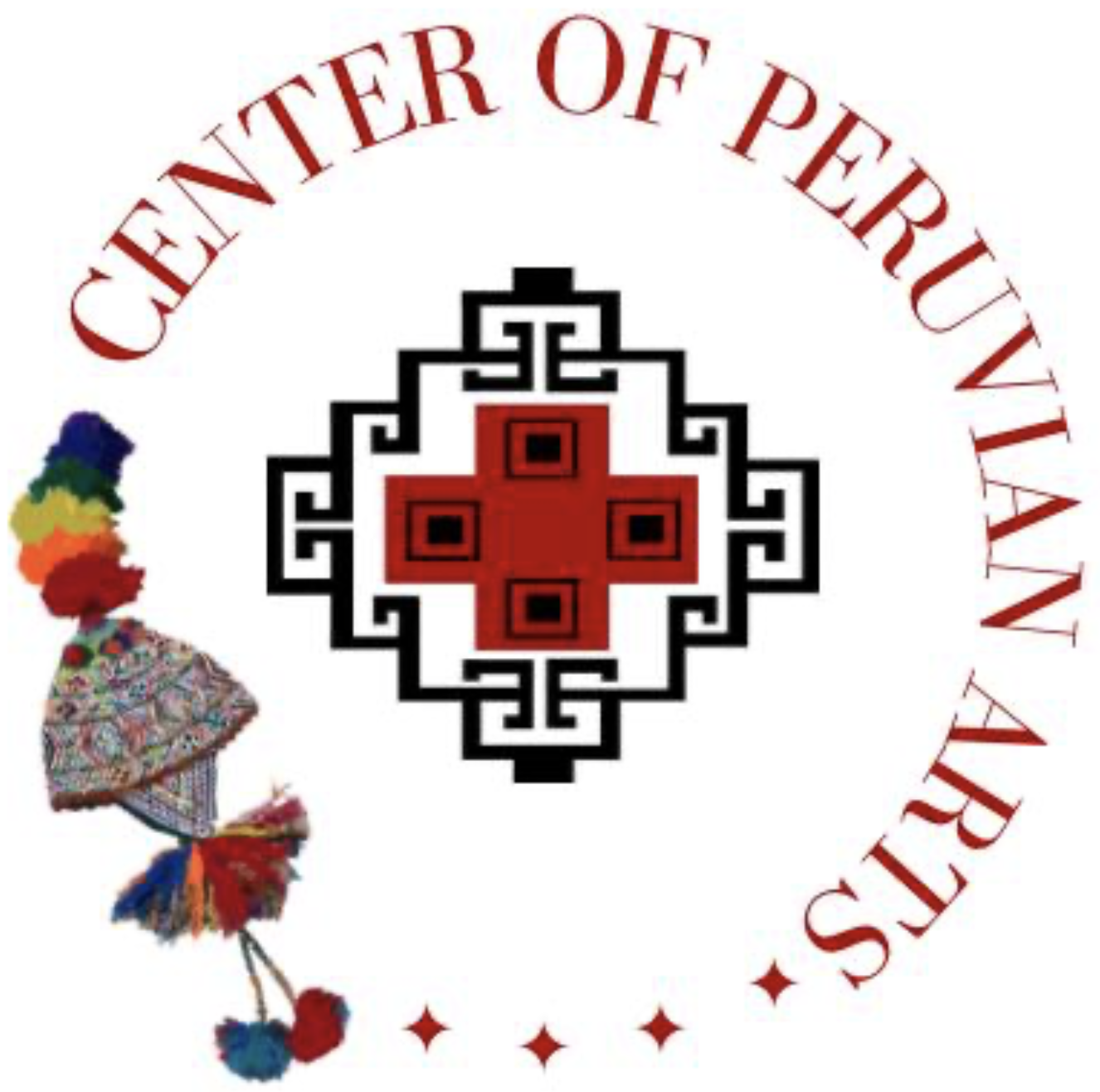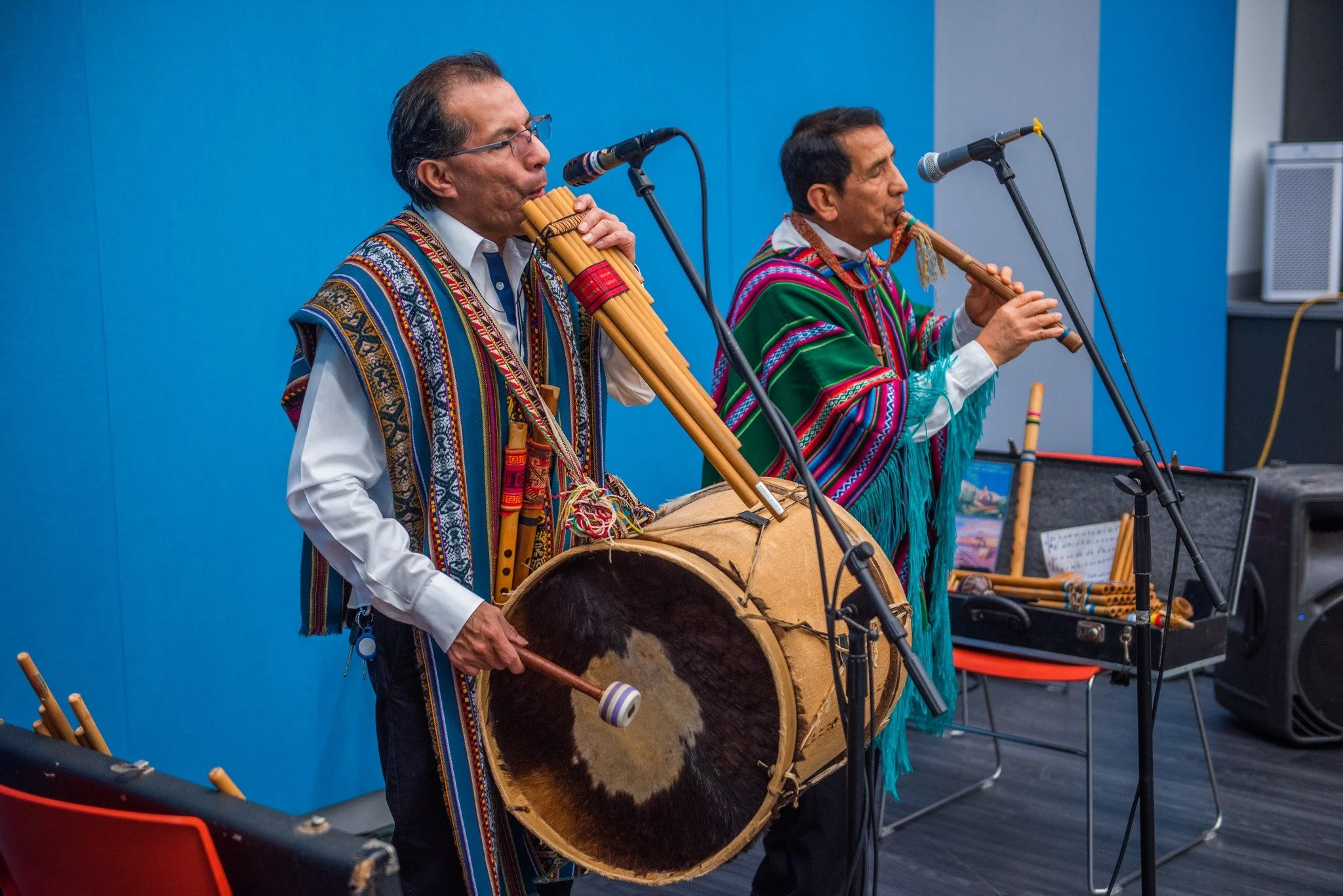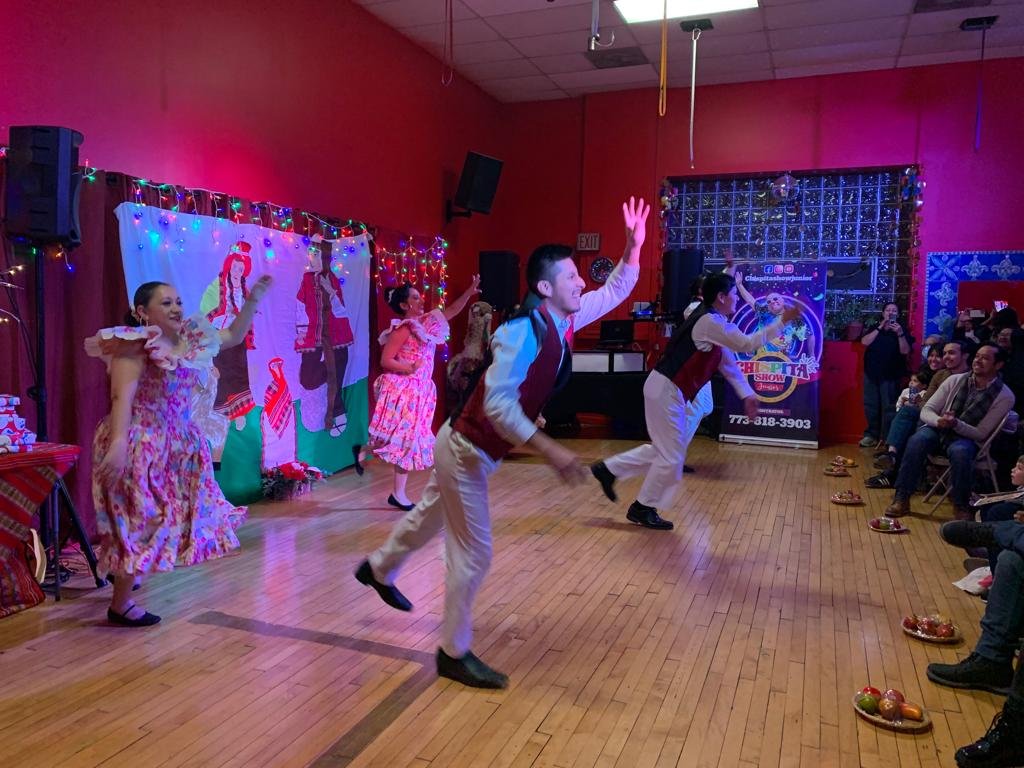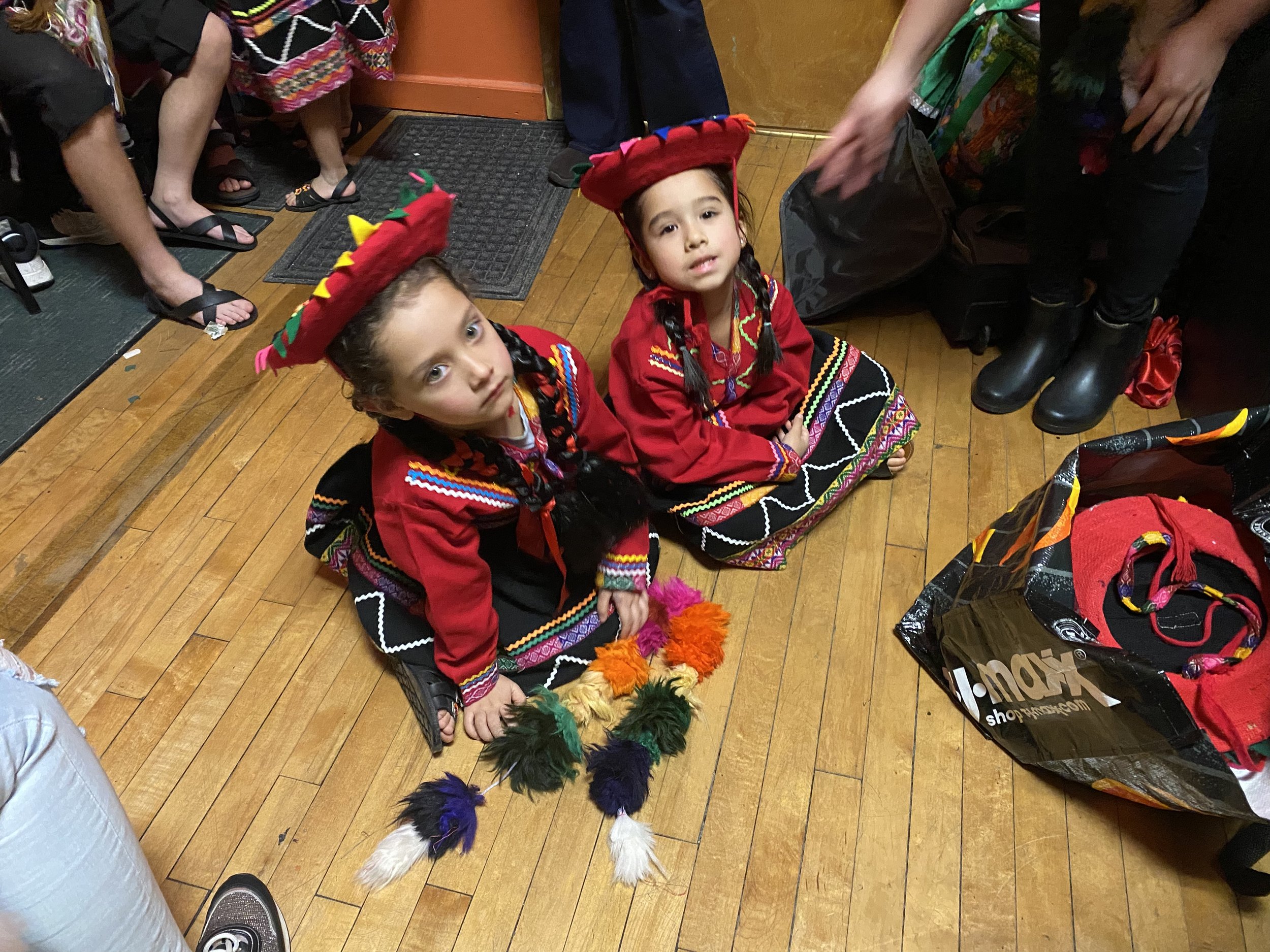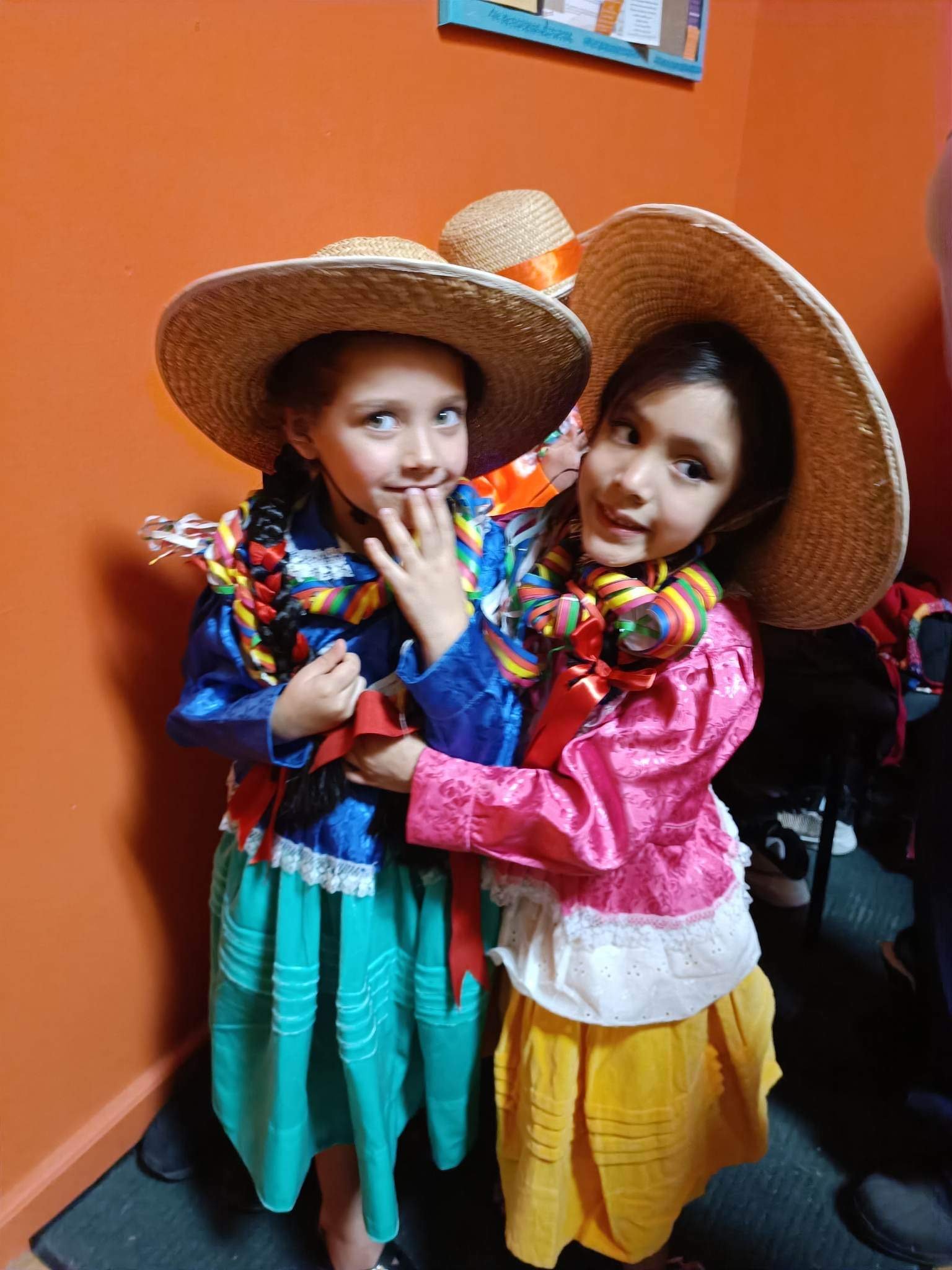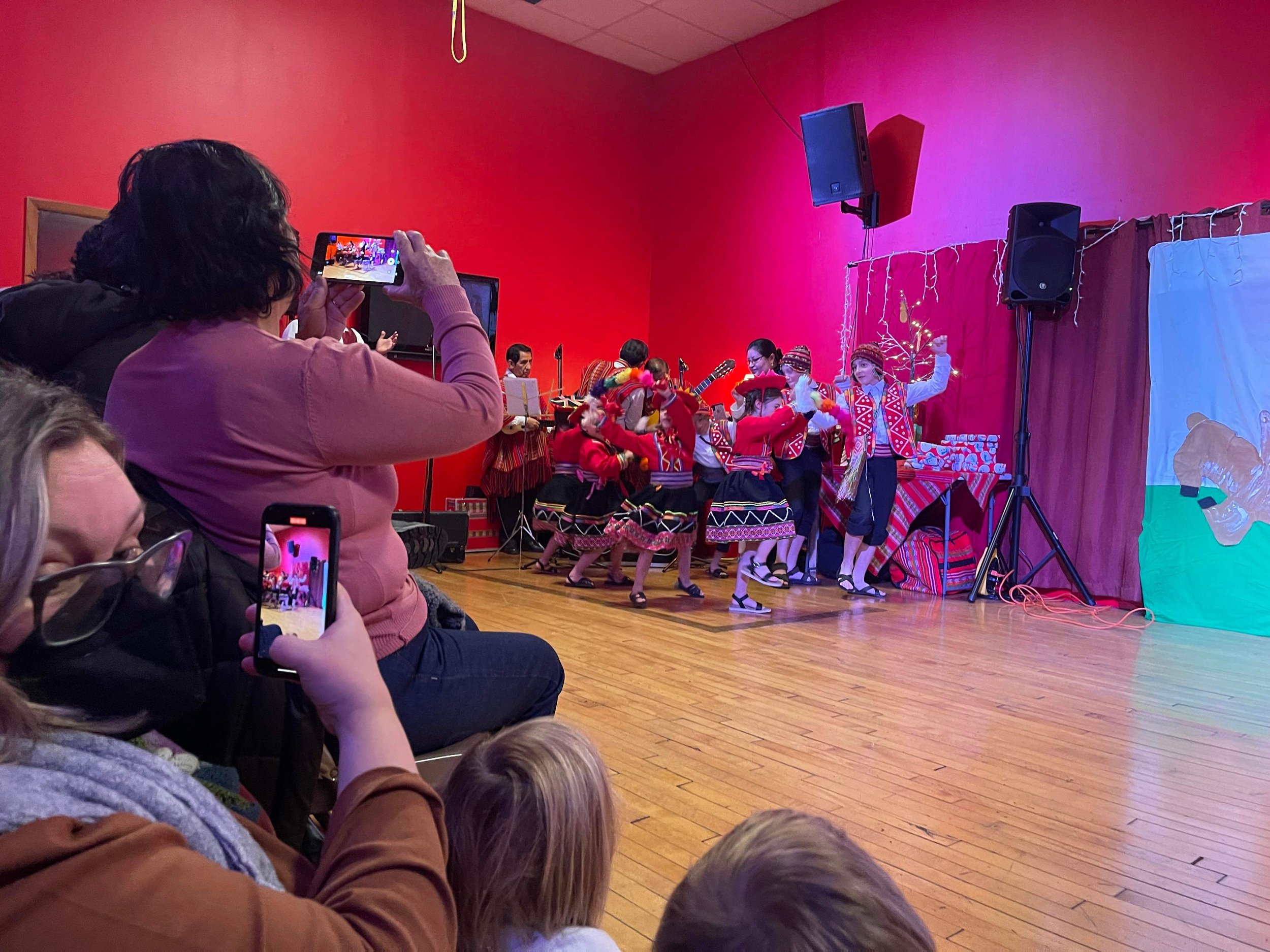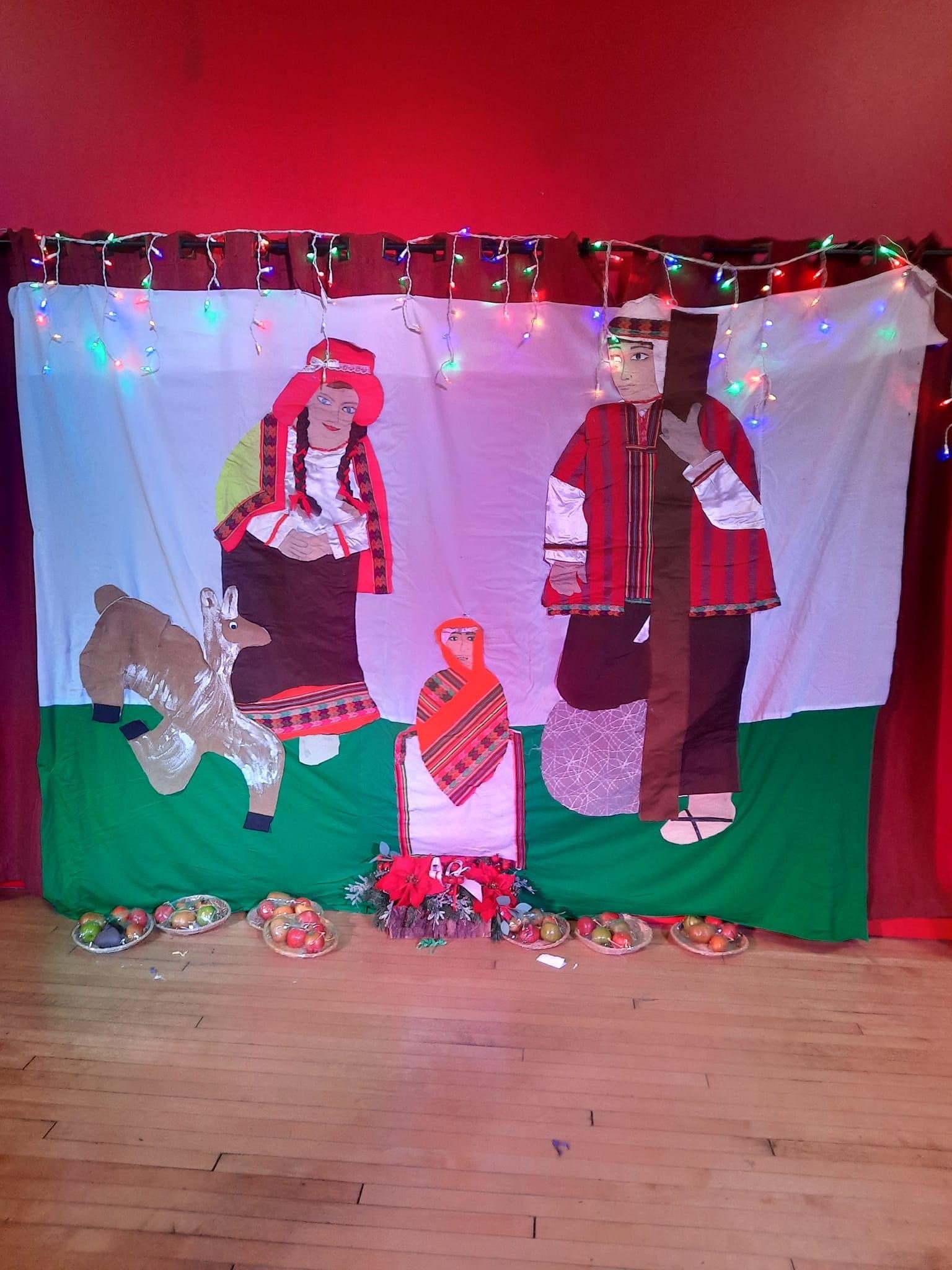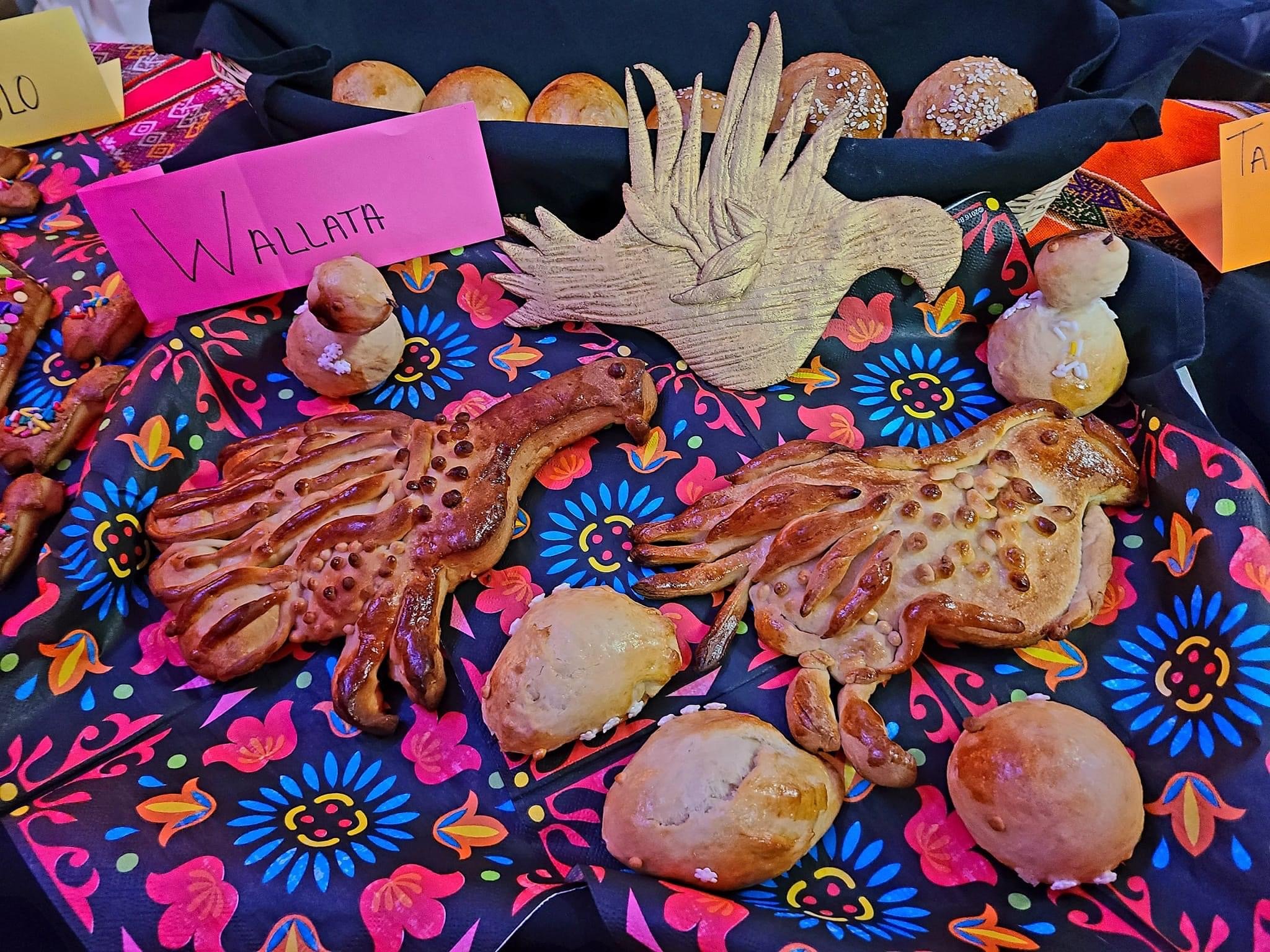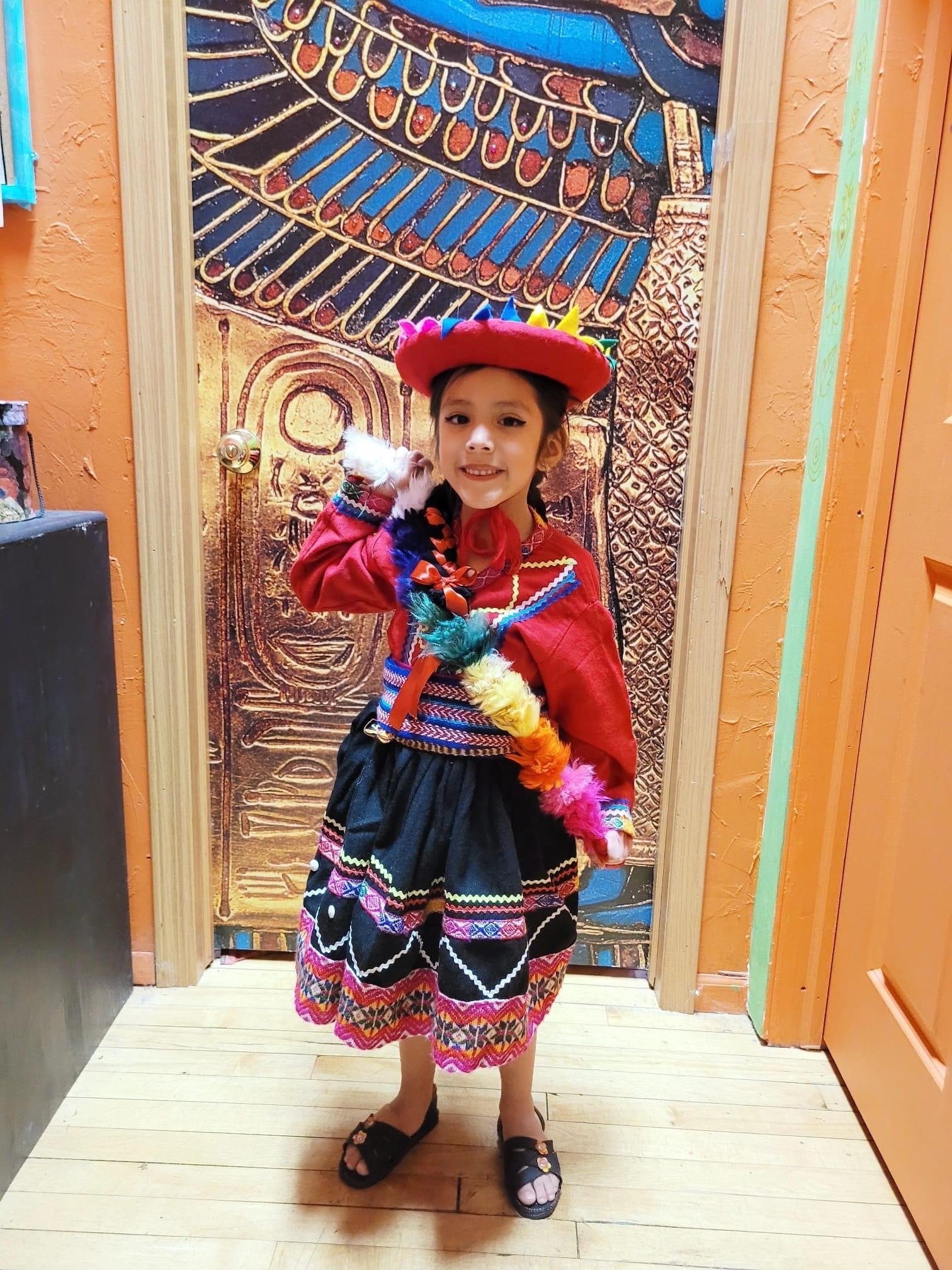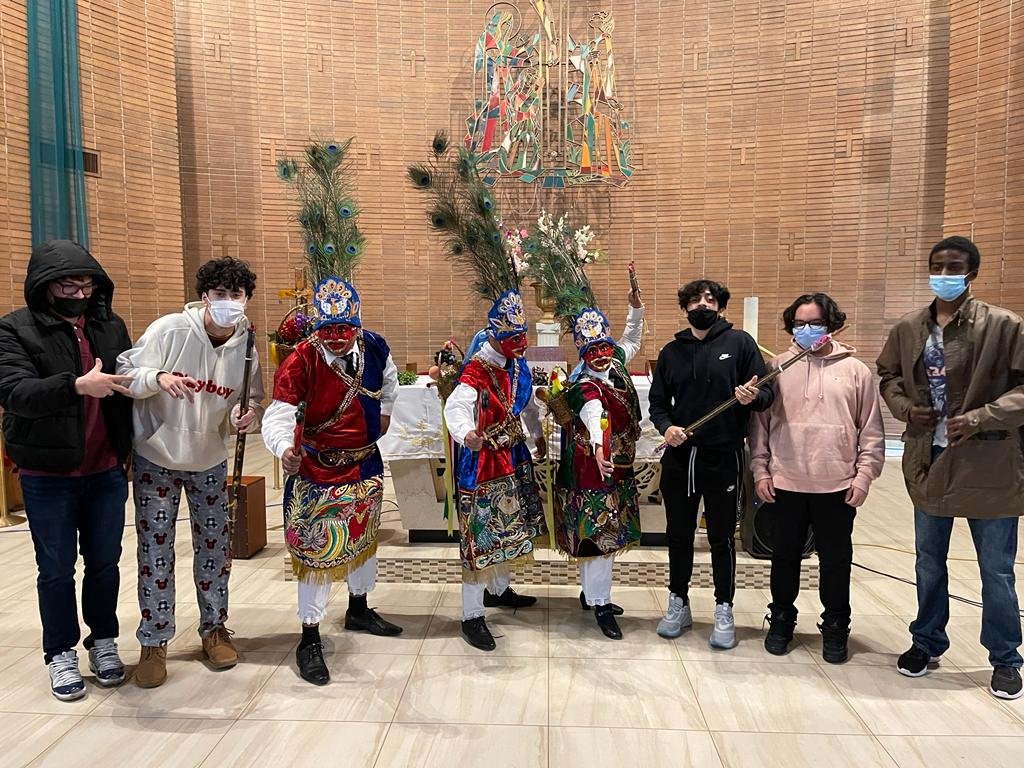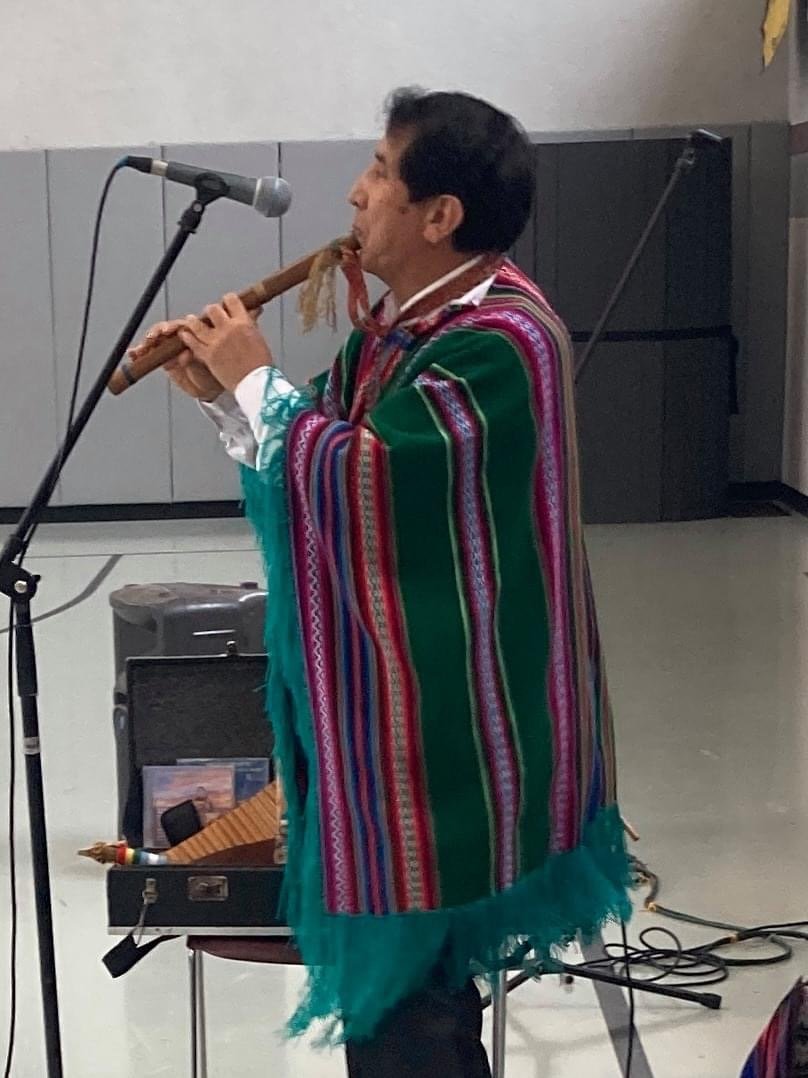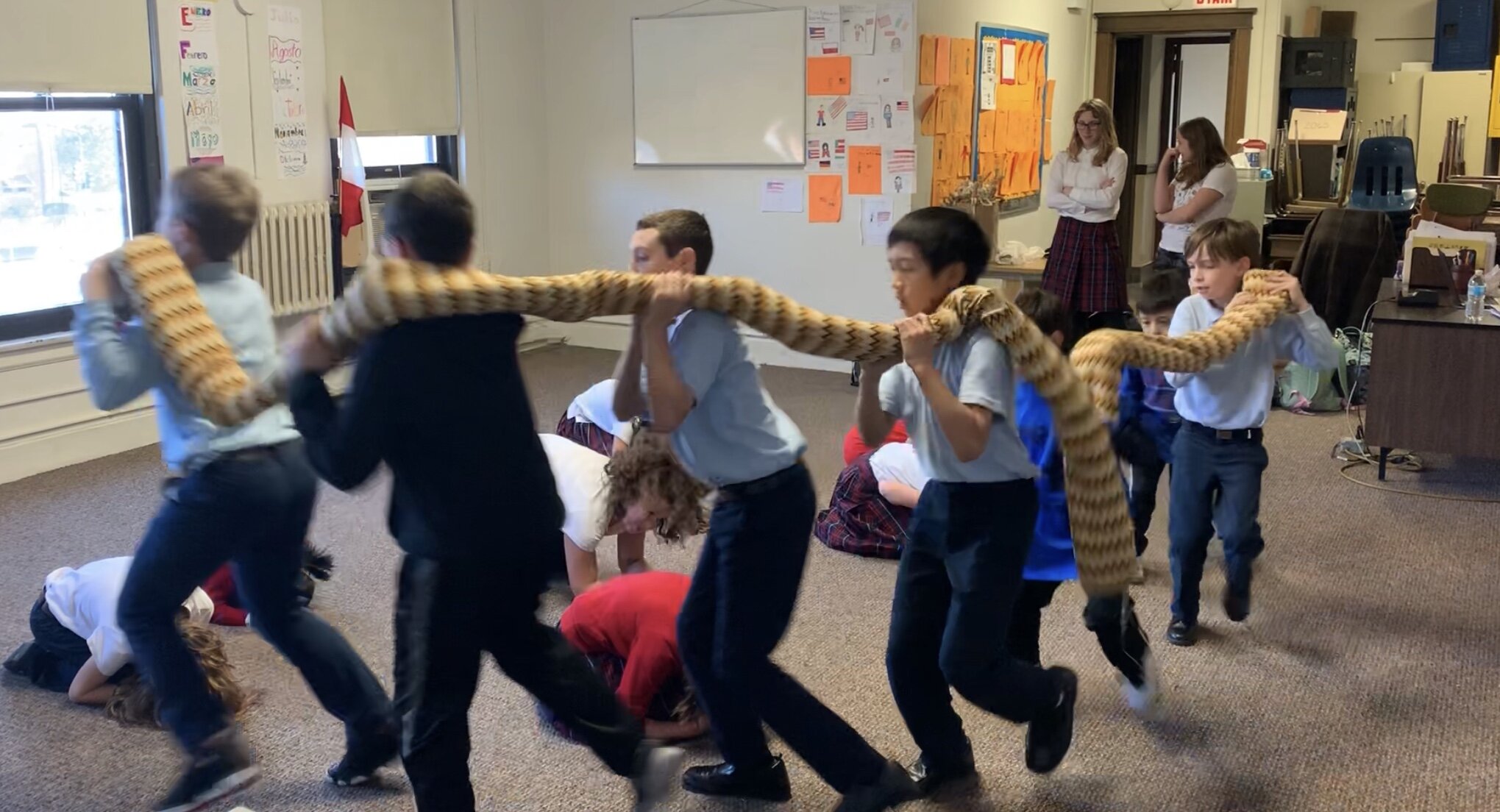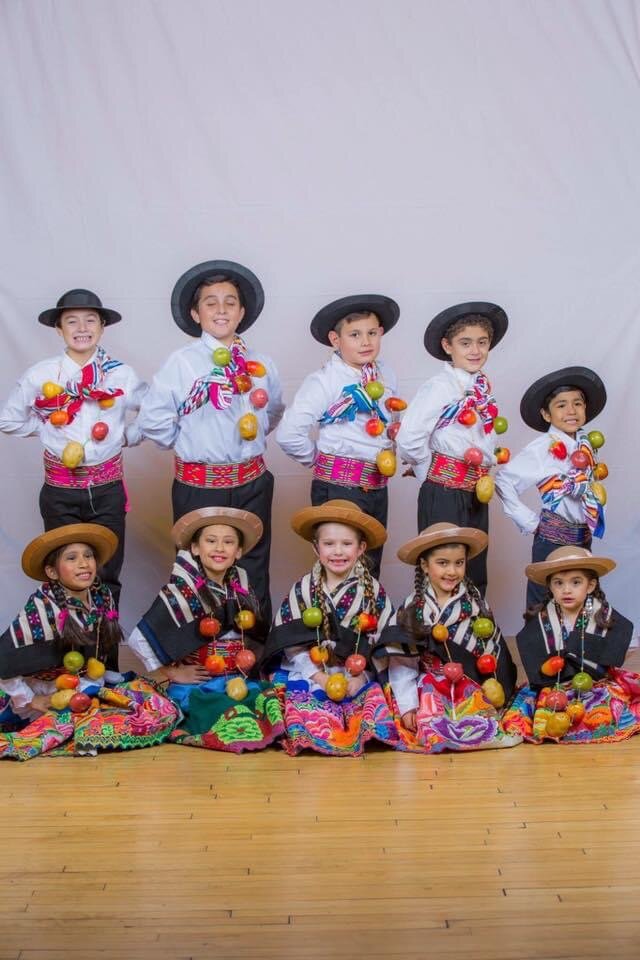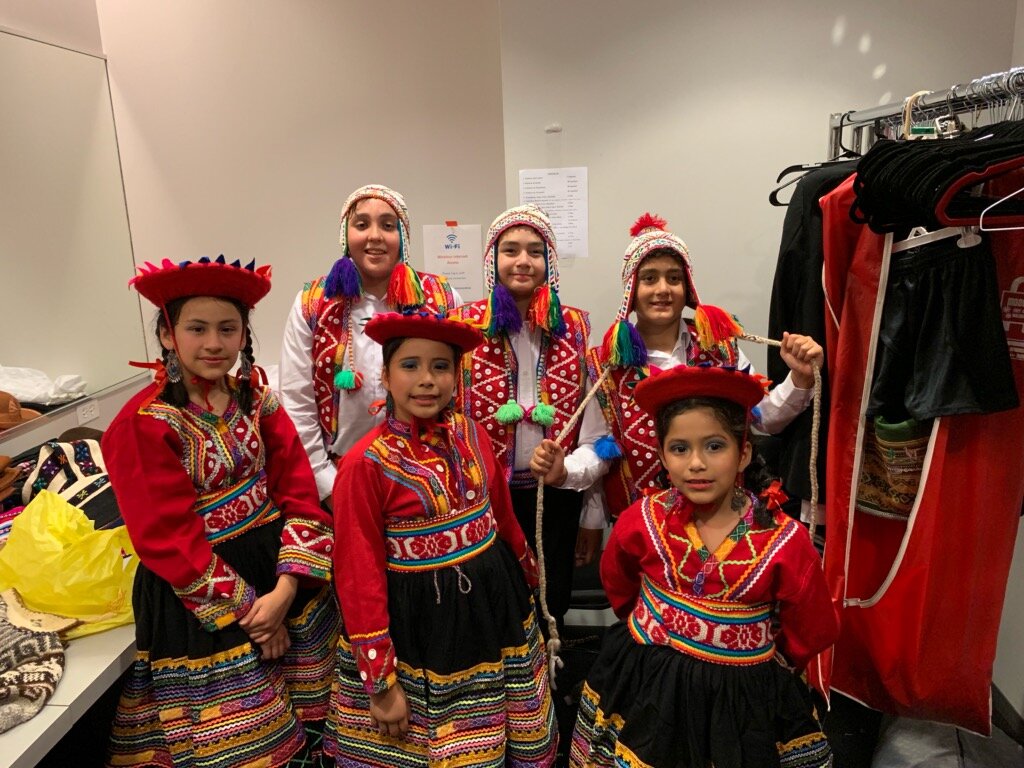“In recent years there has been a lot of talk about the urgency and importance of preserving our environment. Pollution and reckless exploitation are certainly undermining the ecosystems' chances of natural recovery. However, globalization has brought with it strong cultural pressures that threaten to eradicate ancient cultures, customs and traditions.
Those cultures are as important and valuable as our environment. The different ways in which human beings have established relationships with the natural and social environment require our attention and are worthy of being cared for and preserved.
The cultural, patrimonial and historical heritage that we have allows us to understand ourselves better. But it is not just a matter of privileging the indigenous and rejecting the foreign. Understanding and enjoying our historical and cultural baggage will also allow us to better adapt to foreign cultural influences, making them enrich us rather than simply copying them without adding value.
Culture includes the way we express ourselves, language, the way we see and respond to things, our myths and beliefs, our knowledge about our natural and social environment, our gastronomy, tastes and customs. Giving up would leave us orphans of identity and we would lose an important part of our value as individuals.
More than protecting our cultural characteristics, the ideal is too reinforce and enhance them, to make them stronger in the face of external factors. This, again, does not mean that we should renounce different cultural influences, for we can do so without losing the essence of our culture.
In summary, just as it is important to preserve our tangible cultural heritage, it is equally important to preserve and promote our intangible cultural heritage. This will allow us to understand where we are in the world, where we are, and how we can contribute to enriching world culture and economy in the age of globalization”. We enrich the culture through cultures dance practice, they offer benefits, but the benefit of to know a culture through dance will change the view point of the participants
“En años recientes se ha estado hablando mucho sobre la urgencia y la importancia de preservar nuestro medio ambiente. La contaminación y la explotación desconsiderada ciertamente están socavando las posibilidades de recuperación natural de los ecosistemas. Sin embargo, la globalización ha traído consigo fuertes presiones culturales que amenazan con erradicar culturas, costumbres y tradiciones ancestrales.
Esas culturas son tan importantes y valiosas como nuestro medio ambiente. Las distintas maneras cómo los seres humanos han establecido relaciones con el entorno natural y social requieren nuestra atención y son dignas de ser cuidadas y preservadas.
El acervo cultural, patrimonial e histórico con el que contamos nos permite entendernos mejor a nosotros mismos. Pero no se trata sólo de privilegiar lo autóctono y rechazar lo foráneo. Entender y disfrutar de nuestro bagaje histórico y cultural también nos permitirá adaptarnos mejor a las influencias culturales extranjeras, haciendo que éstas nos enriquezcan en vez de simplemente copiarlas sin agregarles valor.
La cultura incluye la forma en la que nos expresamos, el lenguaje, el modo de ver y responder antes las cosas, nuestros mitos y creencias, nuestro conocimiento sobre nuestro entorno natural y social, nuestra gastronomía, gustos y costumbres. Renunciar a ello nos dejaría huérfanos de identidad y perderíamos una parte importante de nuestro valor como individuos.
Más que proteger nuestras características culturales, lo ideal es reforzarlas y potenciarlas, hacerlas más fuertes ante el embate de los factores externos. Esto, nuevamente, no significa que debamos renunciar a las influencias culturales diferentes, pues podemos hacerlo sin perder la esencia de nuestra cultura.
En resumen, así como es importante preservar nuestro patrimonio cultural material, es igualmente importante preservar y fomentar nuestro patrimonio cultural inmaterial. Esto nos permitirá entender qué lugar ocupamos en el mundo, en qué posición estamos y cómo podemos contribuir a enriquecer la cultura y la economía mundial en la era de la globalización”. Podemos enriquecer la cultura mediante las practicas de la danzas de las culturas las cuales ofrecen muchos beneficios, pero el beneficio de conocer a una cultura mediante la danza cambiara la forma de pensar de cualquier participant.
Reference: http://pmdq.com.ar/la-importancia-de-preservar-nuestra-cultura/
